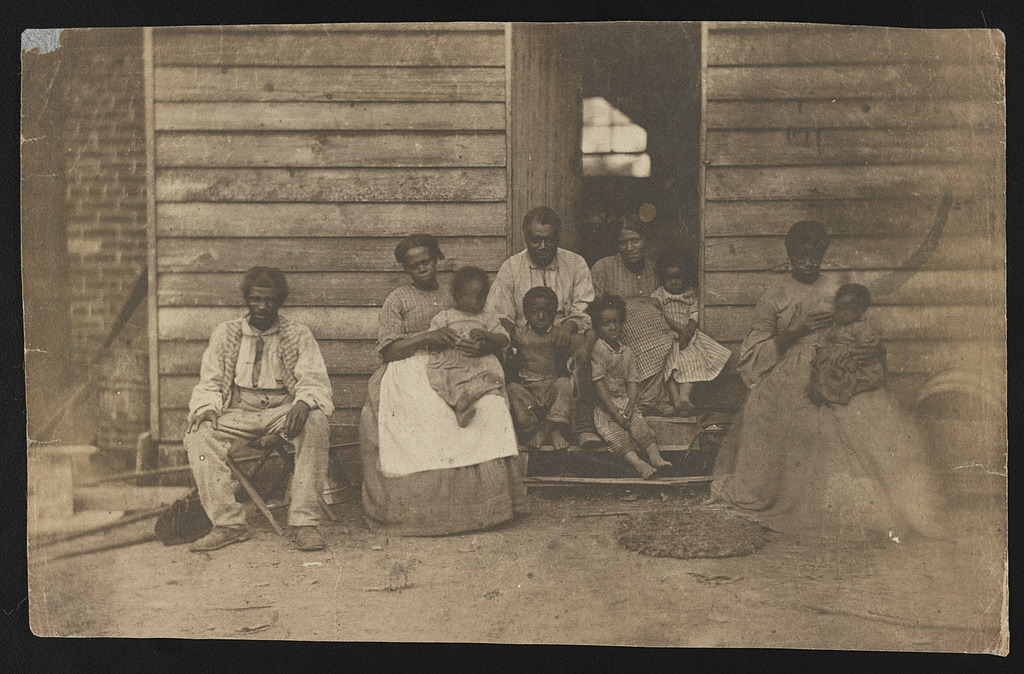
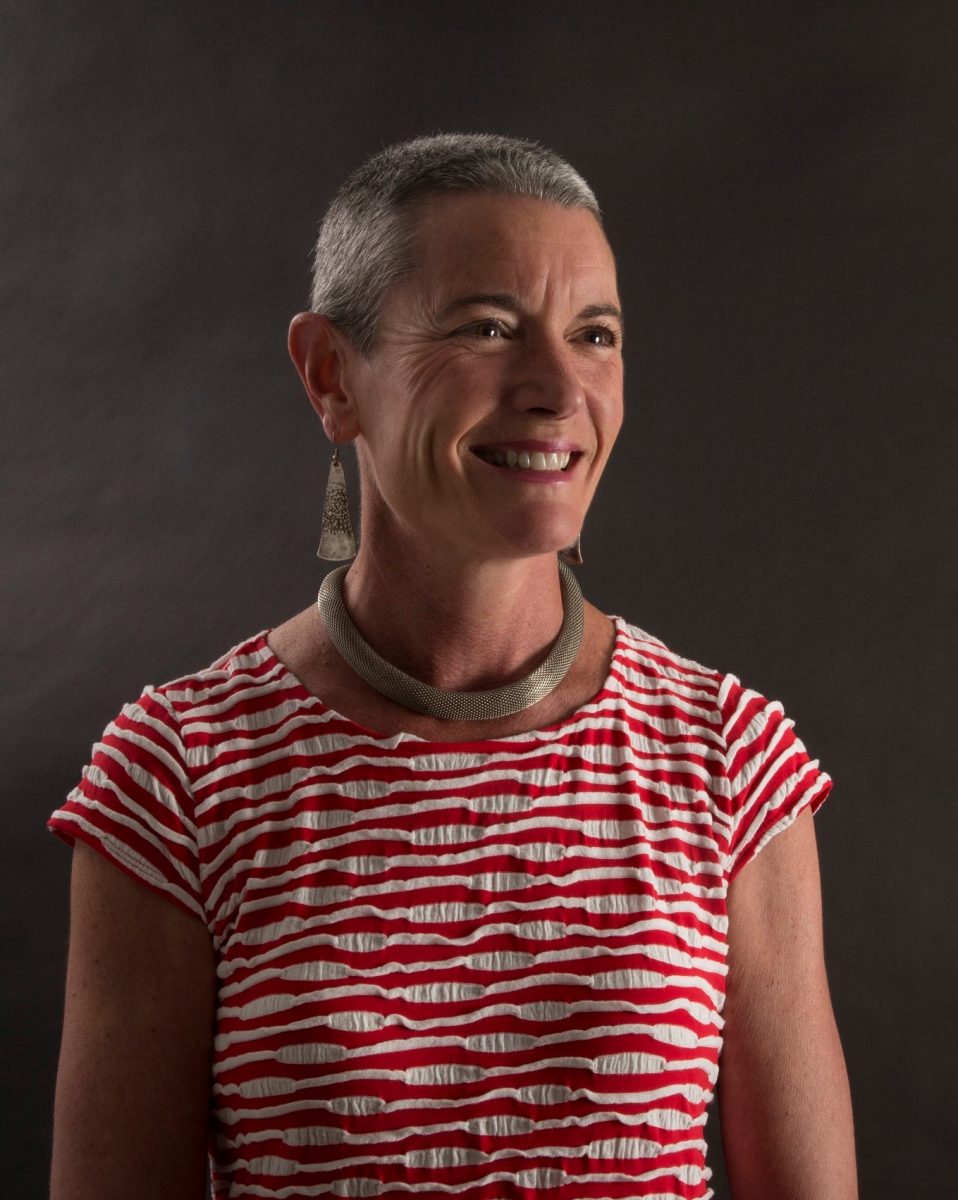
RADFORD – Glencoe Mansion, Museum and Gallery will host a panel discussion on slavery in Appalachia as part of its new exhibit of the same topic, “Slavery in Appalachia,” on Friday, Jan. 27.
The exhibit, which explores this “incredibly important and all too often underrepresented history,” Glencoe announced, has been made possible through a grant from the Virginia Humanities.
The evening will begin at 5:30 p.m. with a panel discussion at the City Council Chambers, adjacent to the Glencoe Mansion location. The panel consists of five historians and members of the community who have explored the history of slavery in the region and its effects.
The panelists are Dr. Theresa Burriss, Director of Appalachian Studies at Radford University; Sarah Carter, community historian and Glencoe Mansion Board Member; Howard Eaves, Sr., President of the Wake Forest Community Action Club; Dr. Michael Hickman, President of the Board of the Calfee Community and Cultural Center; and Dr. Daniel Thorp, Associate Professor of History at Virginia Tech.
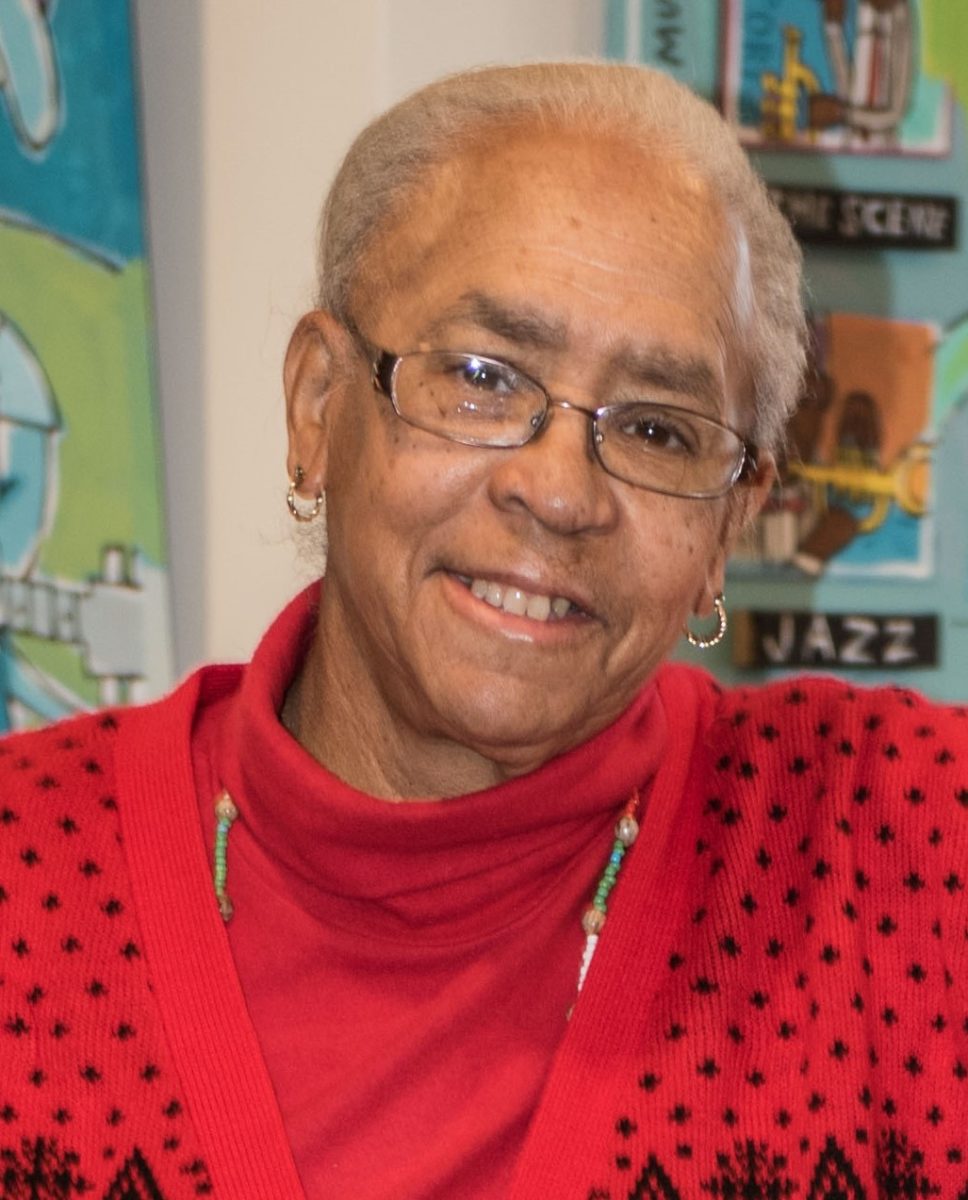
Sarah Carter is a lifelong resident of Radford whose family has been in the region since 1792 because of slavery. Carter has been researching the history of her family, enslaved ancestors and local history since 1983. She serves on the Glencoe Mansion Board of Directors and is the Gift Shop and Events Committee Chair.
Dr. Theresa Burriss, Associate Professor, serves as the Director of Appalachian Studies and the Appalachian Regional and Rural Studies Center at Radford University. She was born and raised in Bristol, Tenn., focused her doctoral dissertation on the Affrilachian Writers and has published numerous articles and book chapters on the Affrilachians. She was tapped as an Honorary Affrilachian in 2006.
Howard Eaves, Sr. was born and spent his early years in the community of Wake Forest and attended Christiansburg Institute. An Air Force Veteran, Eaves is the
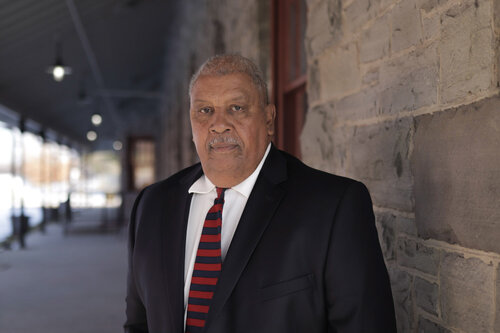
President of the Wake Forest Community Action Club and serves as overseer of the Slave Monument located on Kentland Farms (now owned by Virginia Tech). As a team, he and his wife serve as curators of the Museum, which houses artifacts related to the Wake Forest community.
Dr. Michael (Mickey) Hickman is the president of the Calfee Community and Cultural Center Board of Directors and chair of its museum and history committee. After attending Calfee Training School and Christiansburg Institute, he graduated from Pulaski High School, Wytheville Community College, Virginia Tech, and Radford University. He retired after 42 years with Pulaski County Public Schools where he worked as a principal, high school history teacher and coach.

Dr. Daniel Thorp is an associate professor of history at Virginia Tech. He is the author of four books and nearly two dozen articles on a range of topics in 18th and 19th-century American history. His most recent works – “Facing Freedom” and “In the True Blue’s Wake” – have focused on the history of African Americans in Montgomery County during and after the era of slavery.
“The topic of slavery in Appalachia is a subject that is not well known,” the Glencoe announcement reads. “Many falsely believe that it did not exist in the mountains. However, from the earliest years of European settlement, slavery has been part of the fabric of the region. The New River Valley was no exception, especially as the number of enslaved people in the area grew tremendously in the decade leading up to the Civil War. The exhibit and panel discussion will explore the complicated history of slavery from its beginning until its abolition.”
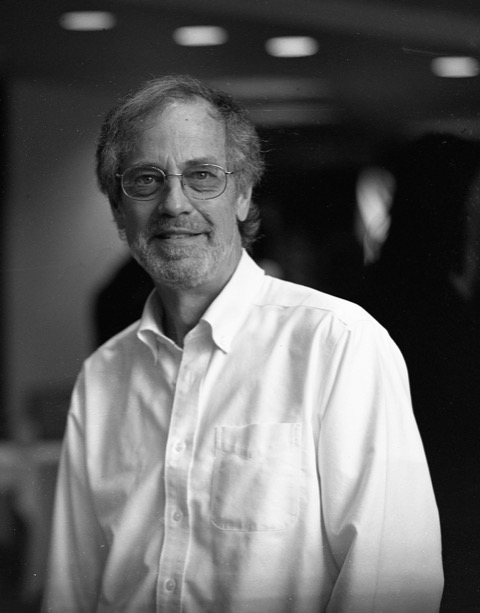
Following the panel discussion will be the unveiling of the exhibit itself at Glencoe Mansion at 6:45 p.m., which will be accompanied by an opening reception. Both events are open to the public, and there is no admission charge. The exhibit will be on permanent display at the Glencoe Mansion. During the month of February, it will be on display on Level One (Gallery Level) of the museum.
Glencoe Mansion, Museum and Galley is located at 600 Unruh Dr, Radford. The house was built in 1870 in the 19th century Victorian style, specifically Second Empire, and was the postbellum home of Confederate Brigadier General Gabriel C. Wharton.


